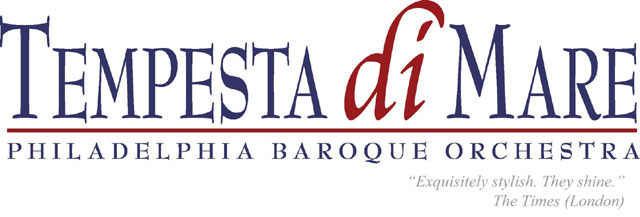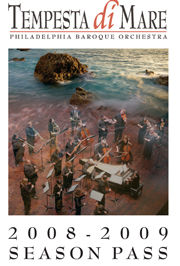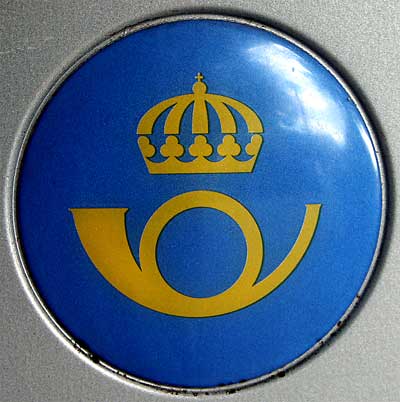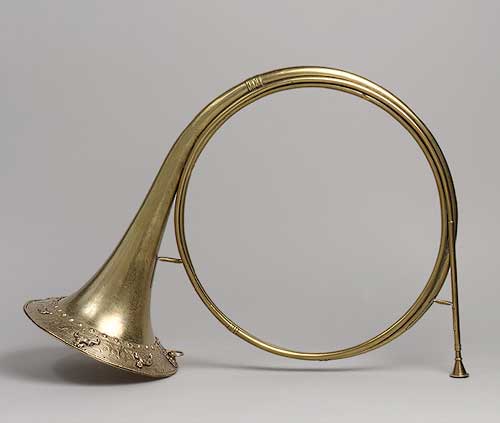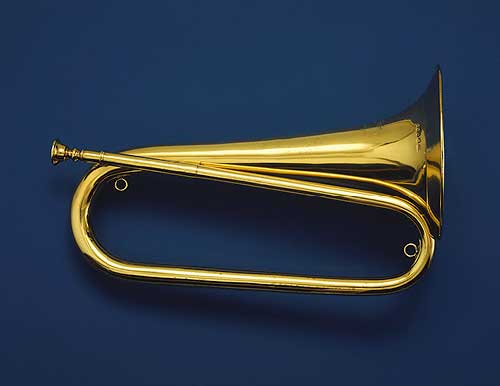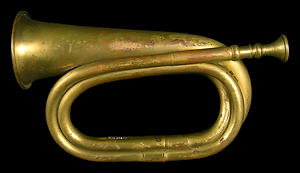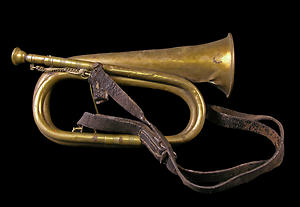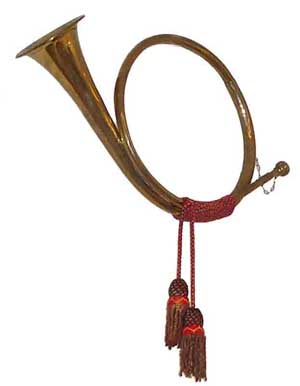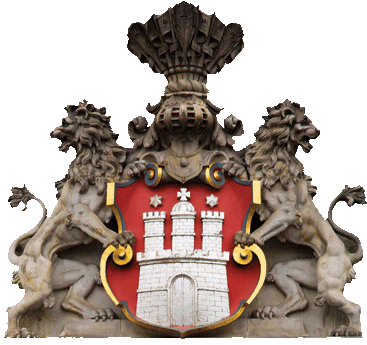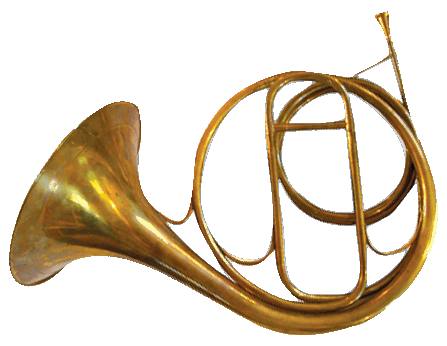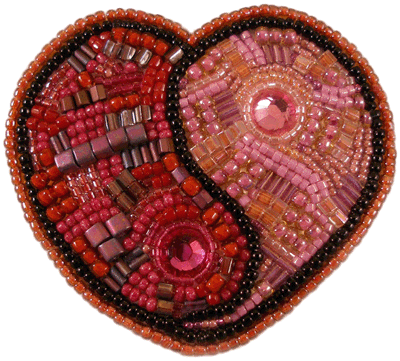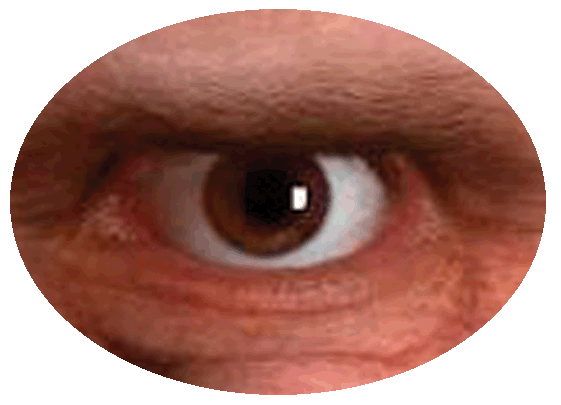|
Newsletter |
|||||||||||||

ENCORE
Rediscovering the Baroque Horn This article originally appeared in our October 2006 newsletter. It has been slightly modified. Here’s a challenge: take sixteen feet of coiled brass tubing with a bell opening at one end and a mouthpiece at the other, and make music on it. How about playing Handel’s “Va tacito?” Sound difficult? It is. But that’s exactly what Todd Williams will be doing in Tempesta di Mare’s upcoming concert, Chamber Music with Horn. The “natural” or valveless horn is a tricky instrument to play. There are many reasons why it evolved over time into the “modern” (French) horn that we know today. For one, it takes more energy to project the sound on old horns. It takes special precision and confidence to place the notes properly. Baroque horns don’t even have tuning slides. “If you had a bad instrument maker,” says Todd Williams, hornist with Tempesta di Mare, “then your instrument was simply out of tune.” Years later, in the Classical period, horns finally gained the luxury of a tuning slide. Even then, however, a horn player still couldn’t play every note as evenly as the next. It wasn’t until the early nineteenth century that the development of valves finally allowed the instrument to play chromatic scales (relatively) easily. So, if horns were improved by adding valves, why not use them? Why work so hard? Why try to wrestle these recalcitrant instruments into tune? Some people aren’t deterred by problems such as these. Instead, they’re attracted to reviving a lost art like old horns, with traditions that more-or-less died with the horns. What’s left—besides glorious music—is a few horns, a couple of instruction manuals, and some pictures. Modern musicians puzzle over them, studying hand and horn positions, instrument designs, brainstorming blowing techniques, articulation patterns, etc. trying to ferret out the playing secrets of the 18th century. “Why play instruments that appear to be less developed than modern instruments?” Todd Williams muses. “Well, there’s certainly the historical aspect of it all.” But first and foremost, he’s a musician and performer who appreciates the older instrument’s mellow sound, soft articulations, and other subtleties. And there’s more. “When I hear a horn player who hasn’t been trained on a period instrument, it’s almost painfully obvious. Take any Mozart concerto, for example. Most modern players will gloss over so many intricacies of articulations and phrasings of nearly any given passage. The nuances are lost. Mozart was a clever guy; he knew what he was doing. Immediately I know that that person doesn’t really understand the instrument for which the piece was written. The ink on the page might say ‘horn,’” says Williams, “but it’s not at all the same thing he’s holding.”
Anne Hunter, Contributing Editor, is a writer and art historian living in Philadelphia. |
|||||||||||||
|
Chamber Music with Horn Dates, Times and Locations
|
|||||||||||||
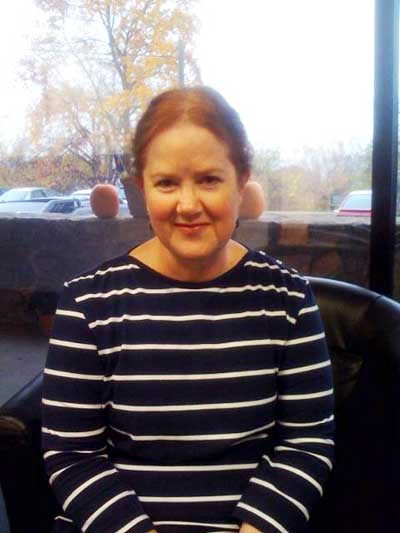
SPOTLIGHT
The Community that by Elizabeth Shoemaker Here at Tempesta di Mare, we are incredibly fortunate to have volunteers and sponsors who support what we do. We’d like you to get to know some of them and invite you to join our community as well. Tempesta volunteer Rebecca Galambos grew up playing classical piano. “I was good,” she says, “but I never had a teacher who inspired me.” It wasn’t until much later, when she was experiencing her first free time in years as a new “empty nester,” that she found the instrument that spoke to her: the mandolin. Always a lover of Vivaldi’s music, Rebecca found that playing the mandolin drew her further into baroque music. That was when she picked up a Tempesta di Mare concert flyer in a local community music school. The first concert she attended was Bohemian Vivaldi during the 2003-2004 season. That season, she filled out a questionnaire and indicated that she would like to volunteer. We’re so glad she did! Rebecca has helped out with many mailings, and she distributes promotional materials for our events and volunteers as an usher at concerts. When asked about her favorite instruments on the Tempesta stage she named the lute first, but said she is also “fond of the recorders and bassoon. I love their sound in the orchestra.” Having first seen a viola da gamba at a Tempesta concert, she finds them “intriguing” as well. Rebecca works in West Conshohoken for a German-based company called Heraeus, which makes ceramic and precious metal circuitry components. In her freetime she works with a local environmental group, gardens, and stays busy with household projects.
Elizabeth Schoemaker, is a bassoonist, musicologist and Program Coordinator of Tempesta di Mare. |
|||||||||||||
|
|||||||||||||
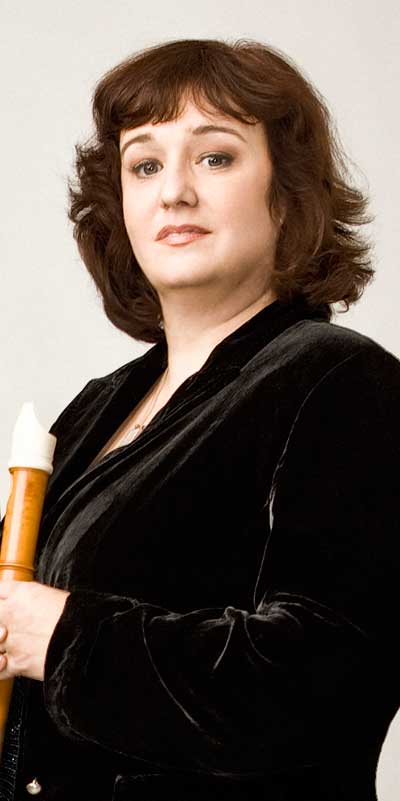
FEATURE
Horn of Plenty Gwyn Roberts on the making of Chamber Music with Horn They’re not blowing their horn about it, but Tempesta di Mare’s Chamber Music with Horn is a splendid confection for the holidays that really deserves the moniker “cornucopia”: horn of plenty. That it’s a virtuoso showpiece enabling natural horn wizard Todd Williams to display championship jock skills goes without saying. You’ve got to marvel at a mere mortal wrestling streams of delicate notes out of the historical orchestra’s most recondite, least controllable instrument. (See the encore interview with Williams in this issue.) But the show is less about the instrument’s difficulty than about the bounty of its gorgeous tone color. While choosing repertoire with Williams, Roberts was bowled over by the palette of sound offered by combinations of these instruments: recorder, flute, horn, bassoon, and strings. “This is a mighty colorful set of instruments,” said Roberts, “It gave us a wonderful chance to put together a program with a lot of different facets.” Baroque chamber music for the horn—as compared to large-ensemble work—is rare. So rare, according to Roberts, that this program comprises a significant proportion of it. Previous to the baroque, horns were mostly tools to lead the hunt or announce the mail coach (which is why in Europe, the horn is the symbol for the post office). Baroque opera brought them inside, where they mimicked hunting horns and provided fanfares for kings and heroes. Charmed by their warm, glowing, mellow sound, composers quickly incorporated horns into purely instrumental music. “You get to see composers playing with this new ingredient, playing with the instrument, playing with the combinations,” says Roberts. “When it’s a supporting instrument in ensemble, they use the horn like an extremely warm viola, a viola of a different color.” The program’s Mozart-era Koželuch Serenata is an example, along with a good deal of other late eighteenth- and nineteenth-century horn repertoire. “But then, the horn can also be an equal melodic partner to the other instruments that imitates their melodies (except of course for those gaps in the scale where it doesn’t have all the notes),” Roberts continues. “That kind of repertoire is really demanding and this program has a lot of it,” as in the Telemann Concerto a 3 with recorder and bassoon and the Graun Sonata in D, where horn and violin duet. Tempesta sprinkles a succession of short horn treats throughout the program, too: Handel opera arias with horn arranged in the eighteenth century for instrumental ensemble. The vocalist’s part goes to the recorder (“I get to be the diva,” says Roberts, happily), while the horn brings the flash and pomp of the opera stage into the chamber space. It’s at its horniest, at least symbolically, in arias like “Io seguo sol,” where it provides hunting sound effects for the singer who “pursues the creatures of Cupid through the woods….” Hornless but no less enticing is a quartet by Tempesta favorite Johann Friedrich Fasch that rounds out the program along with one of Vivaldi’s spectacular, concerto-cum-tone poems, La Notte, evoking inky nightfall and frisky ghosts—a piece full of thrills and chills. La Notte would be the natural crowd-stopping headliner in a show that didn’t include many wondrous feet of sparkling, coiled brass pipe being blown into by Todd Williams. “This is one of our prismatic programs,” says Roberts. “We often give shows that are very focused. But this one is all about taking some really tasty ingredients and cooking up as many different things with them as we can.” Just in time for the holidays.
Anne Hunter, Contributing Editor, is a writer and art historian living in Philadelphia. |
|||||||||||||
|
Chamber Music with Horn
|
|||||||||||||
The French horn made its first appearance in the seventeenth century, shortly after the invention of the hunting horn with its emblematic spiral.
From the horn’s earliest days and for years to follow, there was work for horn players much like what is now familiar from buglers. For instance, a bugler plays “bugle calls,” short fanfares that signal an event such as the raising or lowering of a flag, the charge into battle, the beginning of a horse race and so on.
Horns also had calls, which primarily served the hunt and events concerned with the arrival and departure of the post. The use of the post horn as a symbol is universally understood to signify a postal service throughout Europe, such as the image for Swedish Post shown next to the title of this article. In fact, horn players entered the art music scene with hunting calls via French opera, where they played not in the pit but onstage as a kind of musical scenery. It was from this point that interest in a virtuoso technique by players, a repertoire by composers and corresponding refinements to the instrument’s construction by builders quickly took root.
Baroque composers used the horn in a number of characteristic ways. Most typical was to write in the style of military and hunting calls, if not to quote existing calls outright. We have tracked down some websites with horn and bugle calls that will give you some idea of the kind of melodic and timbral characteristics that inspired composers in the seventeenth and eighteenth centuries. The post horn website in Hungary is a real find, since these calls are very rare. After you’ve heard the post and bugle calls, listen to what Handel wrote for one of the arias in the Chamber Music with Horn concert. |
|||||||||||||
|
Click on the program icons above to visit our Series page |
|||||||||||||
Tempesta di Mare • 1034 Carpenter St • Philadelphia PA 19147 • 215-755-8776 • www.tempestadimare.org
